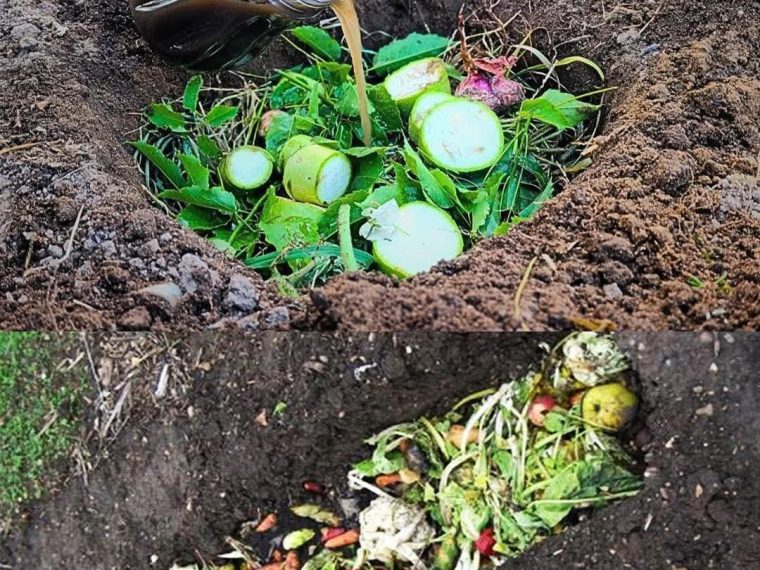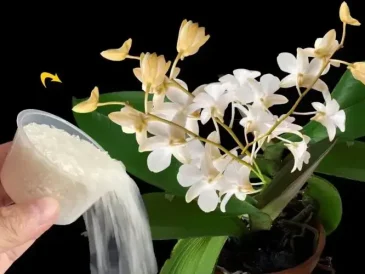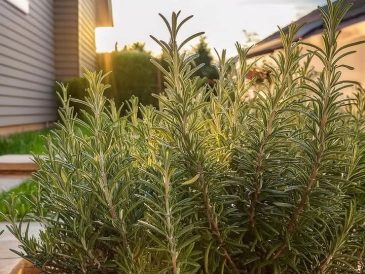Enriching your garden soil is one of the best ways to promote healthy plant growth and ensure a vibrant, productive garden. Healthy soil holds nutrients, moisture, and air that plants need to thrive. Here’s a simple, step-by-step guide to help you improve your soil.
1. Test Your Soil
Before you start enriching your soil, it’s essential to understand its current condition.
- Soil Test Kits: These are available at garden centers or online. They measure key components like pH, nitrogen, phosphorus, and potassium levels.
- Professional Testing: For a more accurate reading, you can send soil samples to a lab. This will help you understand the specific amendments your soil needs.
2. Add Organic Matter
Organic matter is vital for improving soil structure, water retention, and nutrient content. You can add:
- Compost: Compost is one of the best ways to enrich soil. It improves drainage, promotes microbial activity, and supplies nutrients.
- Well-Rotted Manure: Chicken, cow, or horse manure adds organic material and increases nutrient levels.
- Mulch: Organic mulches like wood chips or leaves break down slowly, enriching the soil as they decompose.
- Worm Castings: These are rich in nutrients and help improve soil structure.
How to Add Organic Matter:
- Spread a 2–3-inch layer of compost or manure over the soil.
- Incorporate it into the top 6-8 inches using a garden fork or tiller.
- For mulch, apply it around plants, ensuring it doesn’t touch plant stems directly.
3. Balance Soil pH
The pH level of your soil affects the availability of nutrients to plants.
- Acidic Soil: If your soil is too acidic (pH < 6), add lime to raise the pH.
- Alkaline Soil: If the soil is too alkaline (pH > 7), add sulfur to lower the pH.
How to Adjust pH:
- Add lime or sulfur gradually, mixing it into the soil and retesting after a few months.
- Keep in mind that changes in pH take time, so be patient and adjust in small increments.
4. Improve Drainage
Good drainage is essential for plant health. If your soil has poor drainage, it can lead to root rot.
- Add Organic Matter: As mentioned, adding compost helps improve drainage in heavy clay soils.
- Sand: If your soil is too clayey, you can incorporate coarse sand to increase drainage. However, avoid using fine sand as it can worsen compaction.
- Raised Beds: If drainage is still an issue, consider creating raised beds to elevate the soil and improve water flow.
5. Add Fertilizers
While organic matter will provide some nutrients, you might need to supplement with additional fertilizers, especially if your soil is deficient in key nutrients.
- Complete Fertilizers: Choose a balanced fertilizer with equal amounts of nitrogen, phosphorus, and potassium (N-P-K).
- Slow-Release Fertilizers: These are ideal because they release nutrients gradually over time, reducing the risk of nutrient leaching.
- Fish Emulsion or Seaweed Extract: These natural fertilizers are great for boosting plant growth without chemicals.
6. Incorporate Cover Crops
Cover crops are plants grown specifically to enrich soil. They add organic matter, fix nitrogen, and prevent soil erosion.
- Legumes like clover, beans, and peas fix nitrogen, making it available to other plants.
- Grasses like rye or oats help improve soil structure.
- Plant cover crops in the off-season, then till them into the soil before planting your main crops.
7. Aerate the Soil
Over time, soil can become compacted, especially in areas with heavy foot traffic or clay soil.
- Aerating: Use a garden fork, spike aerator, or mechanical aerator to create holes in the soil, allowing air and water to penetrate deeper.
- Aerate the soil in spring or fall, ensuring you don’t damage plant roots.
8. Water Wisely
Proper watering encourages healthy soil and plant growth. Overwatering can lead to soil erosion or compacted soil, while underwatering can dry out the soil.
- Deep Watering: Water your garden deeply to encourage deep root growth. Shallow watering can cause roots to stay near the surface and be more susceptible to stress.
- Drip Irrigation: This method provides slow, consistent watering, reducing water runoff and soil erosion.
9. Practice Crop Rotation
Growing the same crops in the same spot year after year can deplete the soil of specific nutrients and promote pest cycles. By rotating crops, you allow the soil to recover and maintain a balanced nutrient profile.
- Plant Different Families: Rotate crops within different plant families (e.g., legumes, brassicas, nightshades, etc.) to avoid nutrient depletion and reduce pest buildup.
10. Avoid Chemical Additives
Chemical fertilizers and pesticides can harm beneficial microorganisms in the soil, which are essential for maintaining a healthy garden. Focus on organic methods and only use chemicals as a last resort.
Maintenance Tips:
- Regularly Check Soil Health: Continuously monitor soil pH, nutrient levels, and structure.
- Top Dressing: Apply a thin layer of compost each year to refresh the soil.
- Avoid Over-Tilling: Excessive tilling can damage soil structure and harm beneficial organisms.
By following these steps and consistently maintaining your soil, you’ll create a thriving environment for your plants. Rich, healthy soil is the foundation of a successful garden, so investing in your soil is the key to long-term gardening success!





